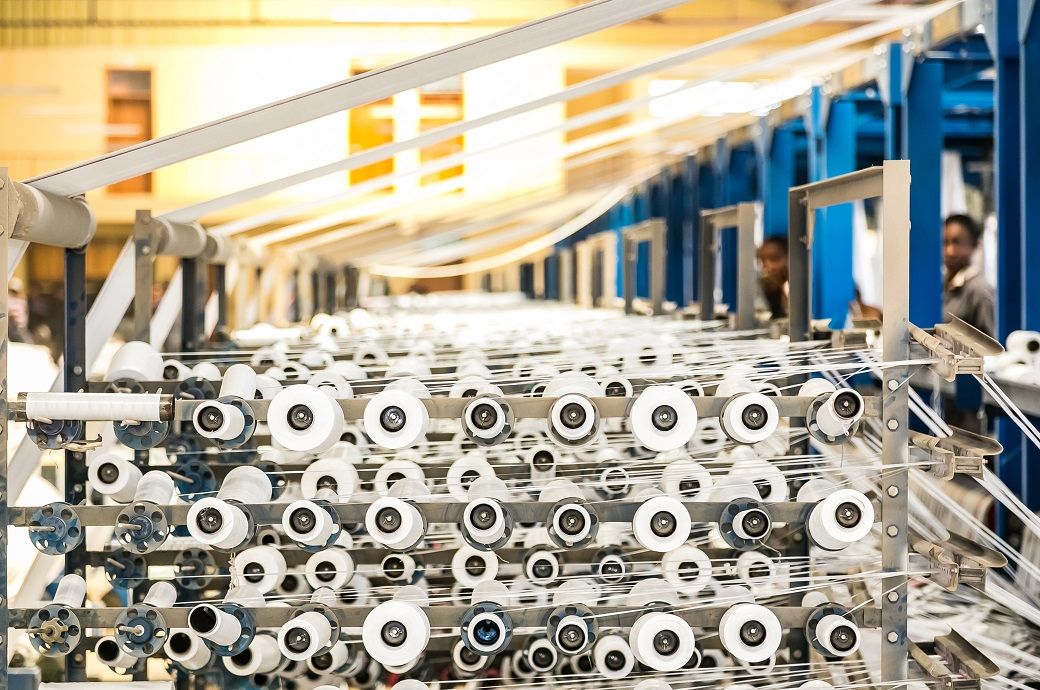
Underpinning the latest PMI reading was a marked contraction in new orders in June. The decrease was the steepest of the year so far and the second-fastest in over three years. Firms commonly attributed the decline to suppressed demand due to inflationary pressure and higher interest rates.
At the same time, external demand weakened. New export orders fell for the thirteenth month running and at a sharp rate that was among the fastest in the last three years, as per S&P Global.
Subsequently client reticence ensured that production moved back into contraction territory following a three-month period of expansion. The rate of decline was the joint sharpest in 2023 to date. Some companies also stated that additional production was no longer being used to replenish stocks amid weak demand.
Prices pressures dissipated in June as input costs fell for a second month running. Manufacturers saw the sharpest drop in material prices since May 2020. Suppliers were often reported to offer promotions in an effort to entice purchases of inputs.
Output charges, meanwhile, were broadly unchanged on the month. The respective seasonally adjusted index was at its lowest level in three years. Although some firms noted the pass through of cost savings to customers, others stated that they continued to transfer previous cost increases to clients in an effort to protect margins.
Input buying at goods producers contracted at the steepest rate since January, as dwindling new orders led firms to adjust their spending downwards. Some companies also mentioned that lower purchasing activity reflected efforts to destock and wind down inventories.
Subsequently, stocks of purchases fell at an accelerated pace that was the second-fastest since May 2020. Firms sought to reduce current holdings of inputs for cost considerations. At the same time, stocks of finished goods declined sharply, and at the quickest rate since November 2021.
Despite fragile demand conditions, manufacturers hired new workers in June. Employment growth was modest overall, and softer than in May. Companies continued to highlight more successful recruitment campaigns for long-held vacancies as driving job creation. Nonetheless, backlogs of work were depleted at the second-fastest pace in over three years.
Subdued sentiment at customers was reflected in weaker business confidence in June. The degree of optimism in the year ahead outlook for output softened. Although still forecasting an increase in output, expectations were the lowest in 2023 to date.
Fibre2Fashion News Desk (DP)